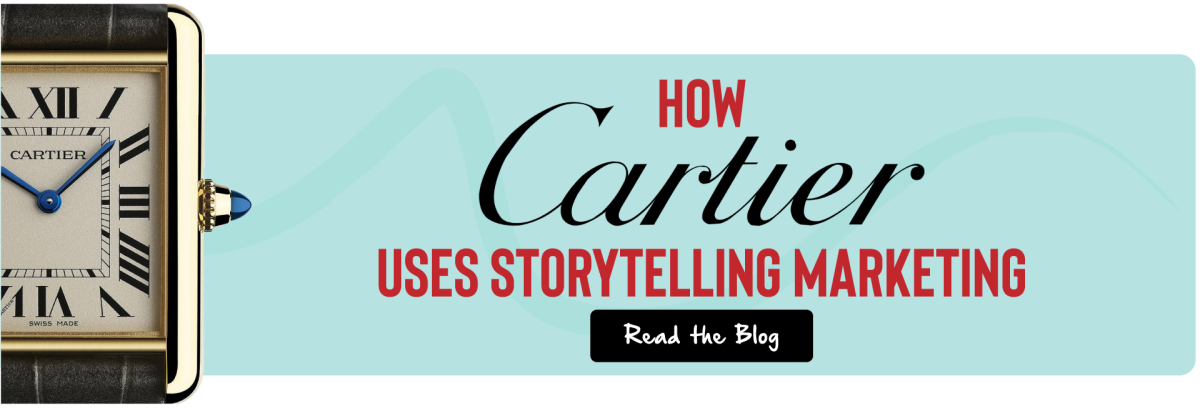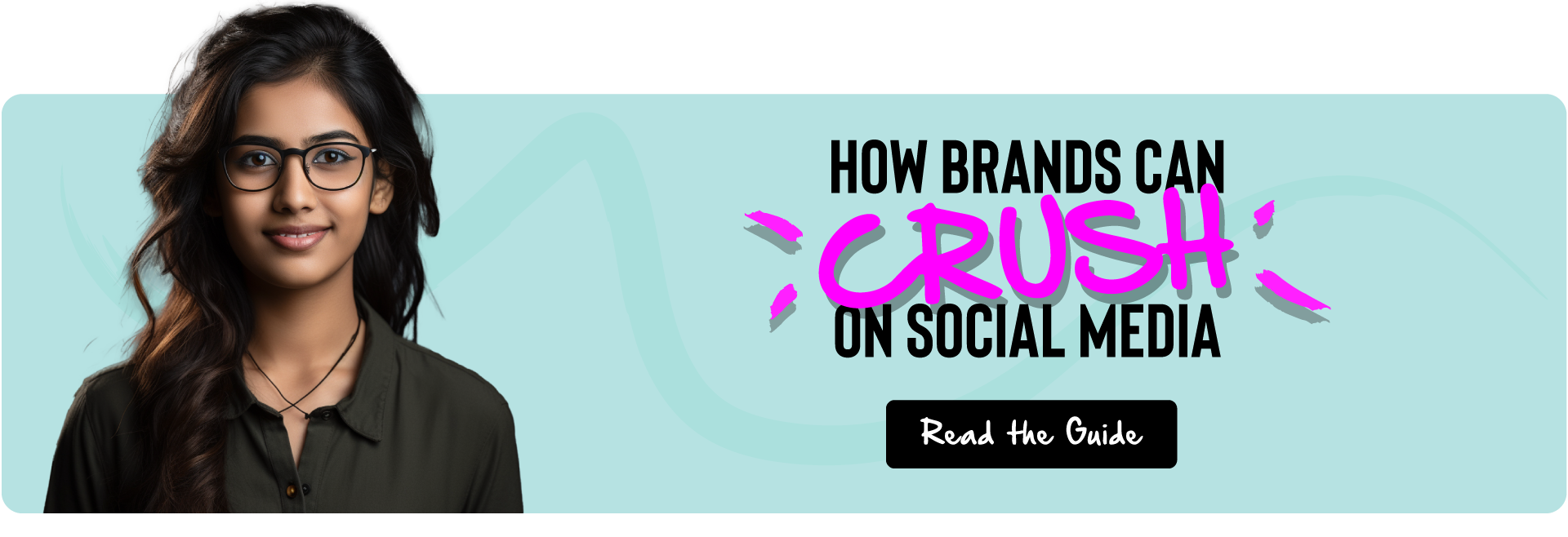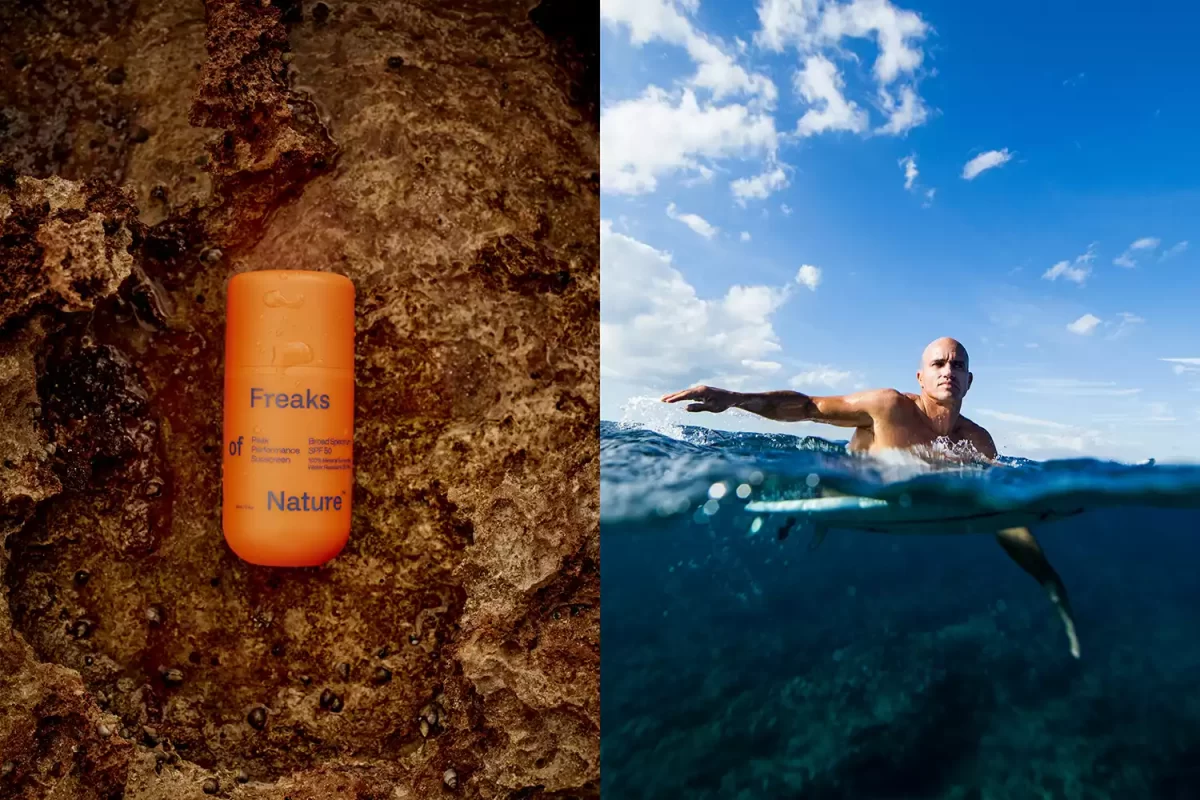
I talk about being a brand vs being a commodity from time to time.
If there is no distinguishing feature / benefit to your product, you can at least be bold with the packaging as a way to stand out on store shelves.
Check out what Kelly Slater and his team have done with the packaging of his line of sun screens – Freaks of Nature.
The use of colours, typography, and packaging is bold, different, and interesting, and therefore stands out.
It doesn’t look like anything else on the market.
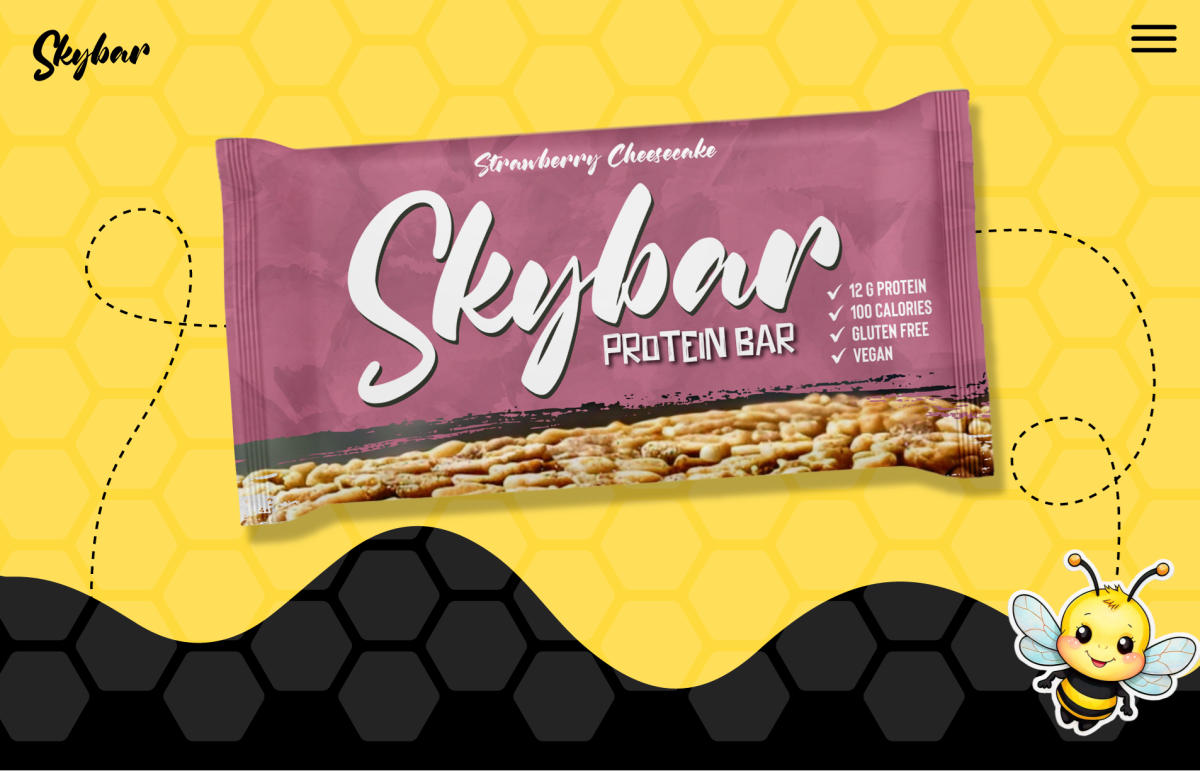
The Importance of Package Design and Consumer Psychology
Package design is not just about aesthetics; it’s a crucial aspect of consumer psychology. The packaging is often the first point of interaction between a product and a potential buyer. In a split second, it can convey brand values, product quality, and even the emotional benefits of the purchase. Studies have shown that consumers make subconscious judgments about products within the first few seconds of seeing them, and much of this judgment is based on packaging.
Key Elements:
- Color: Different colors evoke different emotions. For example, blue often conveys trust and dependability, while red can stimulate excitement and urgency.
- Shape: The shape of the package can affect how consumers perceive the product. Sleek, modern shapes can imply innovation, while classic, symmetrical shapes can suggest reliability and tradition.
- Typography: The font and style of the text on packaging can influence perceptions. Bold, clear fonts are often associated with strength and confidence, while elegant, cursive fonts might be linked to luxury and sophistication.
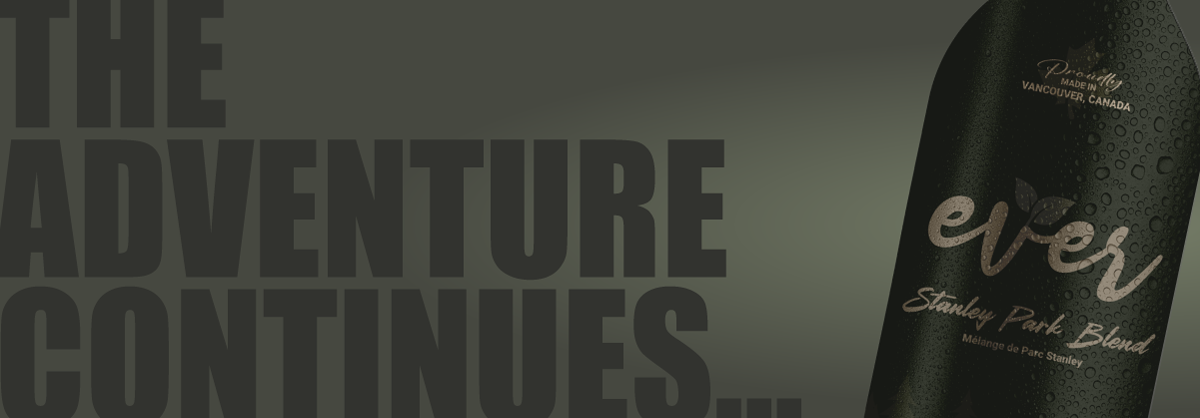
How Package Design Can Elevate a Brand
An exceptional package design can elevate a brand by differentiating it from competitors and making it memorable to consumers. It serves as a silent salesperson, communicating the essence of the brand and the promise of the product.
Examples:
- Apple: Known for its minimalist and sleek packaging, Apple’s design philosophy extends to its packaging, which reinforces its brand identity of innovation and premium quality.
- Coca-Cola: With its iconic red and white color scheme and distinctive bottle shape, Coca-Cola’s packaging is instantly recognizable and has become a symbol of the brand worldwide.
Benefits:
- Brand Recognition: Consistent and distinctive packaging helps in building brand recognition and loyalty. Consumers are more likely to remember and repurchase products that have left a visual impression.
- Perceived Value: High-quality packaging can increase the perceived value of a product. Luxury brands often use sophisticated materials and intricate designs to convey exclusivity and worth.
$600 Million Package Design
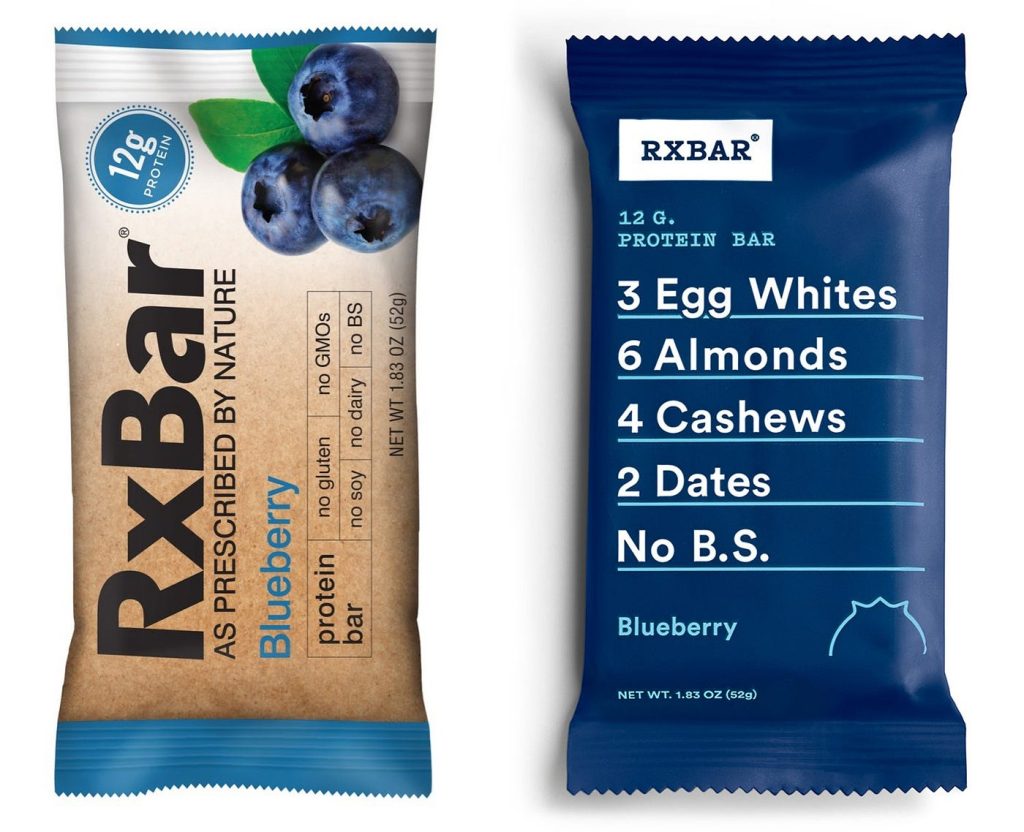
Initially, RxBar’s packaging was difficult to read and failed to stand out in the market. It did not seem to appeal to consumers looking for a tasty snack.
In 2016, RxBar rebranded with a clean, minimalist design that clearly listed ingredients, aligning with their straightforward, “no B.S.” philosophy.
This new approach made the packaging more appealing and memorable, setting RxBar apart from its competitors.
The rebrand significantly increased sales and led to RxBar being acquired by Kellogg’s for $600 million in 2017.
Being Bold: Standing Out in a Sea of Sameness
In a crowded market, bold packaging design can be the key to catching the consumer’s eye. This involves using unique shapes, vibrant colors, and innovative materials that break the conventional norms.
Strategies:
- Contrast and Bright Colors: Using unexpected color combinations can grab attention. Think of the neon-colored packaging of sports drinks, which stands out on a shelf full of more muted tones.
- Interactive Elements: Incorporating interactive elements like QR codes, peel-off layers, or hidden messages can engage consumers and make the unboxing experience memorable.
- Simplicity and Minimalism: Sometimes, being bold means stripping away the excess. A simple, clean design can stand out amidst a cluttered shelf and appeal to consumers looking for authenticity and simplicity.
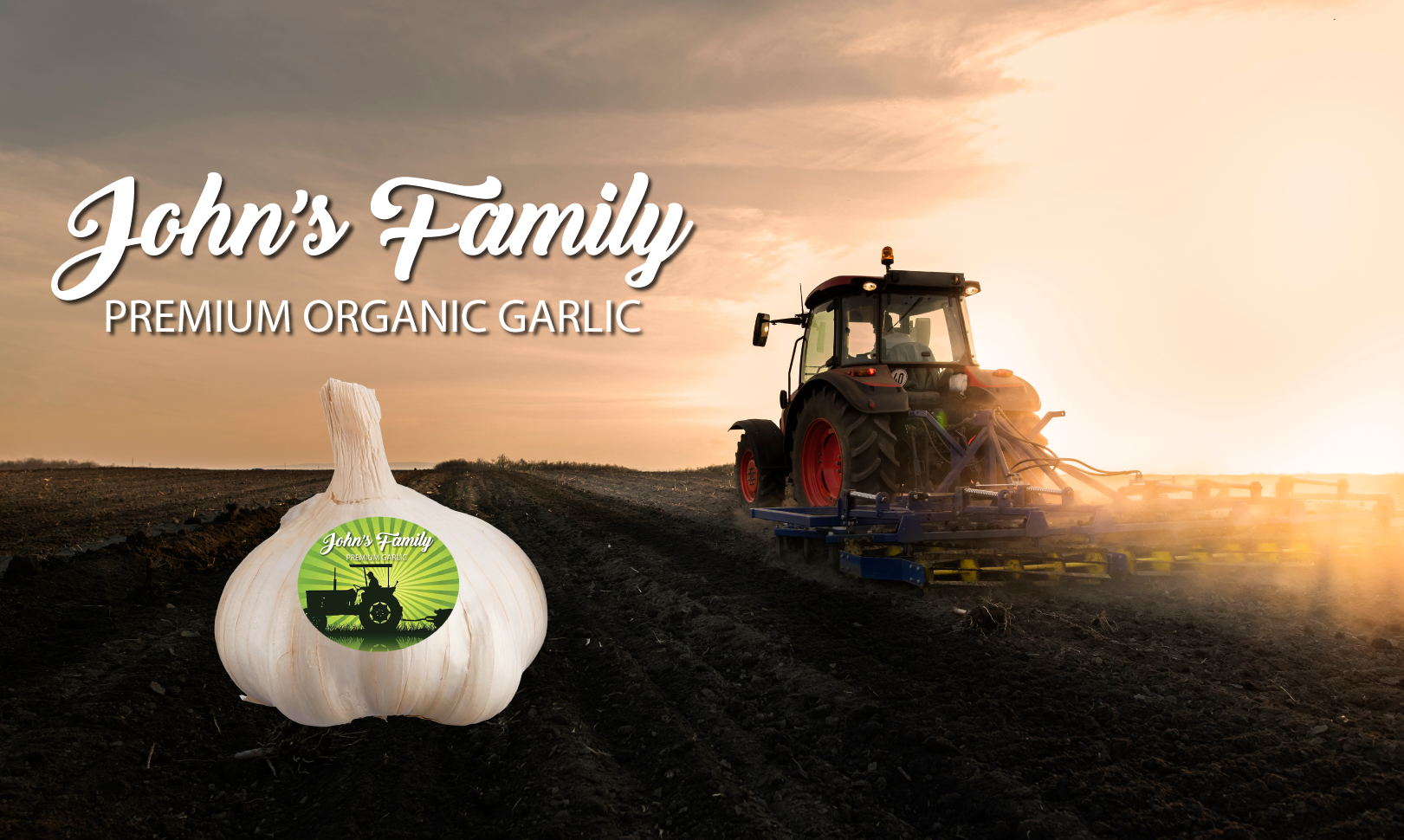
Continue Reading: The Power of Branding
Many products are seen as commodities, indistinguishable from one another except by price. However, unique and memorable package design can transform these commodities into desirable brands.
Case Studies:
- Method Cleaning Products: By designing cleaning products with aesthetically pleasing, ergonomic bottles, Method turned everyday household items into stylish, desirable products.
- Innocent Smoothies: The playful, conversational tone of Innocent’s packaging, along with its distinctive bottle shape, made it stand out in the crowded beverage market, transforming it into a beloved brand.
Impact:
- Differentiation: Unique packaging helps differentiate a brand from its competitors. Even in a saturated market, a standout design can draw attention and attract consumers.
- Brand Storytelling: Packaging can tell a story and create a connection with consumers. For example, sustainable packaging materials can communicate a brand’s commitment to environmental responsibility, resonating with eco-conscious consumers.
By investing in thoughtful and innovative package design, brands can influence consumer perceptions, build stronger brand identities, and ultimately drive sales. Whether through bold designs, clever use of colors and shapes, or storytelling elements, effective packaging has the power to transform a simple product into a beloved brand.
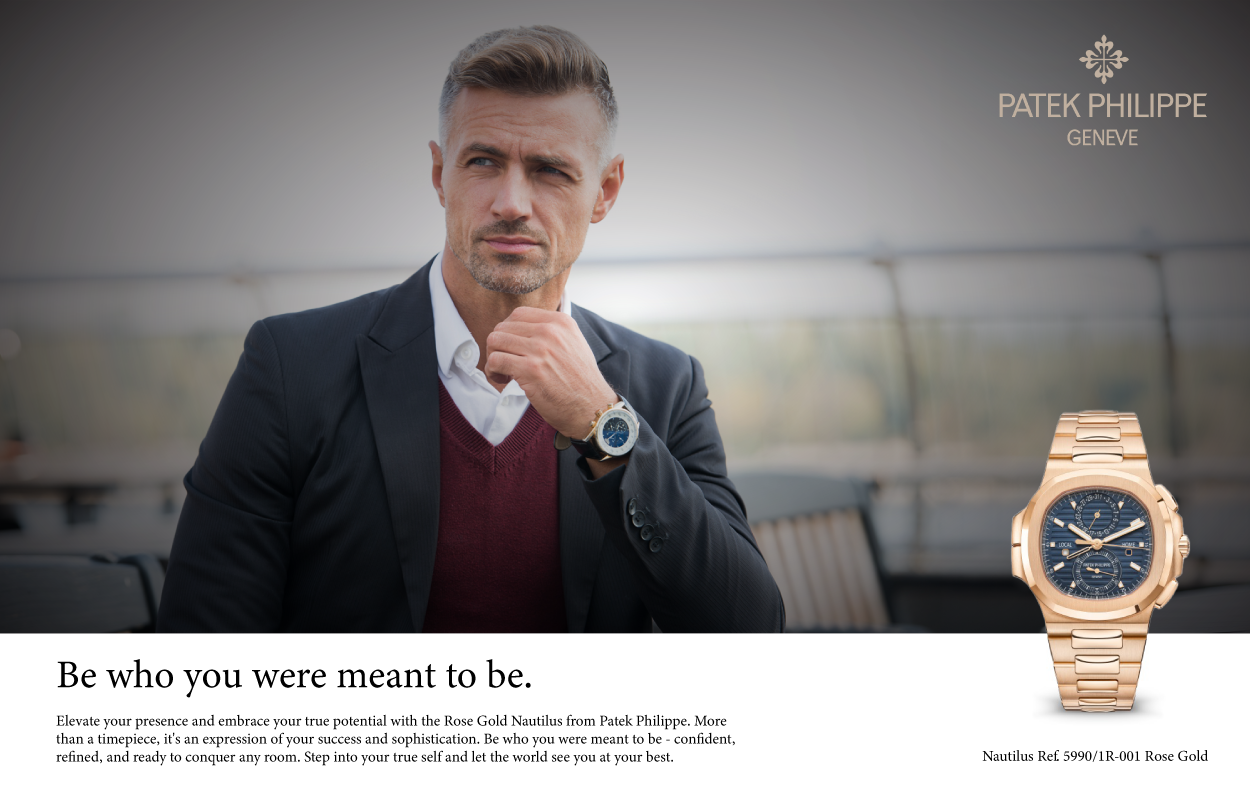
- Related post:
How Patek Philippe Could Use Storytelling Marketing
- Related post: The T-Shirt Theory of Branding
- Related post: The Power of Branding: John’s Family Premium Organic Garlic
- Related post: Why You Don’t Want to Run a Business that Relies Solely on Ads
Related Posts

The Future of the Internet: The Next Evolution After the Internet Dies aka Dead Internet Theory

Jab, Jab, Jab, Right Hook… A Proven Strategy for Social Media Marketing
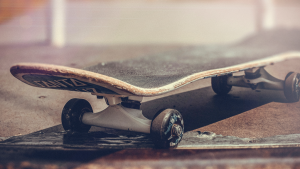
Are Your Customers ‘Aging Out’?

Fragmented Future: The Rise of the Microbrand

How Skype Fumbled the Biggest Bag… Ever
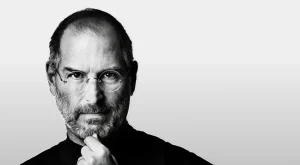
A New Definition of SaaS: Steve-Jobs-as-a-Strategy
Need help with your marketing activities?
If you follow us on social or read our blog, you may have noticed that we talk A LOT about the branding, the importance of branding, how branding is like gravity, how you either have a commodity or a brand…
We also talk a lot about storytelling marketing – in fact we have an entire page dedicated to it as it’s one of our core services. We go on at length about why brands need to tell stories (so that consumers can align their values to the brands they support), and dispelling the myths about storytelling marketing.
We also talk about how consumers don’t buy products, they join tribes. Check out some of our related posts.

